
Inside the @nytimes article on India's 'Virus Trains' by @gettleman, @suhasiniraj, @sameeryasir & @Karan_Singhs
They collected reams of data & wrote a story entirely on one district out of 718 districts in the country, & lied about the data. Let's look what they say
They collected reams of data & wrote a story entirely on one district out of 718 districts in the country, & lied about the data. Let's look what they say
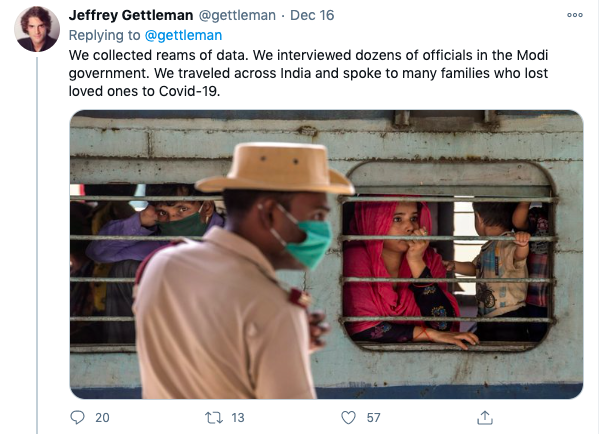
The New York Times story starts off with typical disdain, pity & condescension that privileged white people show towards people of colour. The slum dog flavour has to be sprinkled for the local consumption (i.e. in US). A sense of pity has to be evoked. 

The fact that India has reported second highest number of cases comes as a surprise to @nytimes reporters. What else would one expect from the second most populous country in the world. The most populous country & source of Chinese Virus stopped reporting cases. 

The fact that India has one of the lowest per million death due to Covid, seems to have lost on the four great journalists who collected reams of 'data'. One wonders what data were they collecting? 

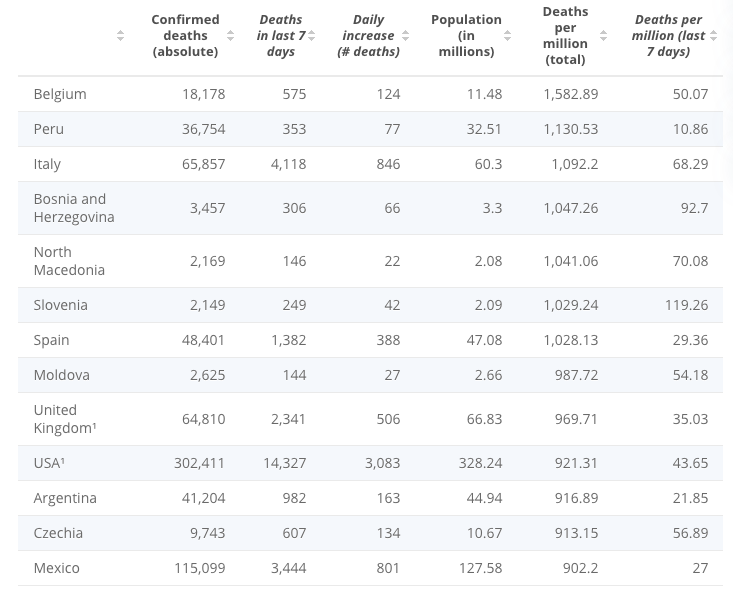
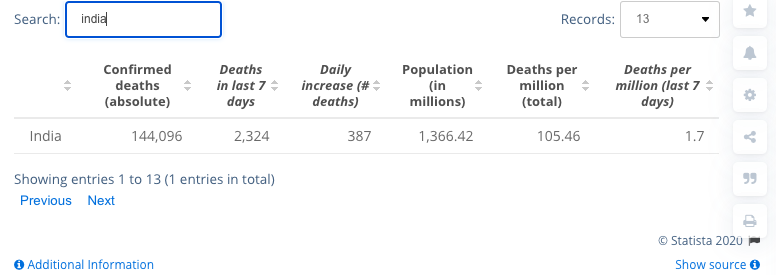
The story then reaches Ganjam, a district in Odisha. From here on rest of the article talks mostly about Ganjam & Ganjam alone. While we were promised reams of data & the trains were declared 'virus trains'. They could only manage details from Ganjam. Here is real govt. data. 

A mandatory reference to Modi and Upper Caste Hindus is also made in the article. The Four say that task force, i.e. Upper Caste Hindus could not contemplate the results of the lockdown.
This accusation has been answered by @sanjeevsanyal in his interview to @suhasiniraj.
This accusation has been answered by @sanjeevsanyal in his interview to @suhasiniraj.
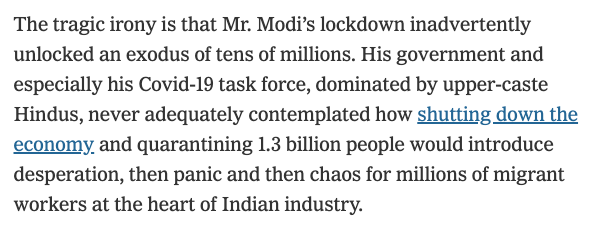
The full conversation can be heard here:
Sanjeev explicitly mentioned the Barbell Strategy used to mitigate the lockdown risk. He even asked her if she understood what that means & then explained it.
https://twitter.com/sanjeevsanyal/status/1339205535917195265
Sanjeev explicitly mentioned the Barbell Strategy used to mitigate the lockdown risk. He even asked her if she understood what that means & then explained it.
The Four accuse the trains carrying migrants of becoming hotspots for corona. Of course they don't give out any data from the reams they collected. They quote a ticket collector. 
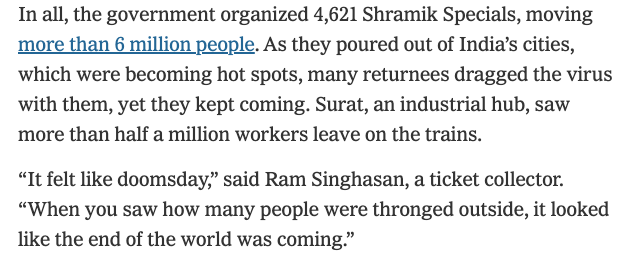
How else should a lockdown be announced? The idea of a hard lockdown is to stop movement of people & hence to stop the spread. Had there been a week's lead given to people for the lockdown, one can imagine the kind of panic that would have struck. 
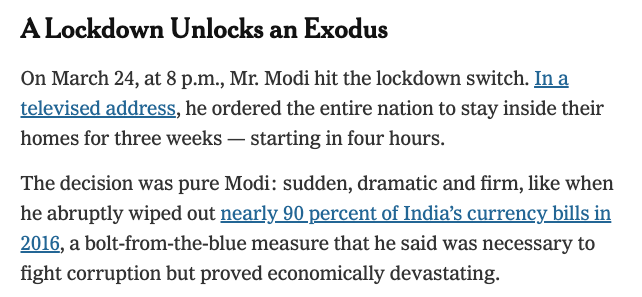
An estimated 2 - 7 lakh migrants came back from Surat to Ganjam since the trains started. If one imagines that the trains were virus hotspots, one could imagine the number of infections passed on by these people. The pic here tells a different story. 



Did migrant workers take the virus with them to their villages? Yes. It is inevitable.
Did the trains become 'hot spots'?
No.
BR, AS & CG each accounts for less cases than Delhi, where there were no migrants coming in.

Did the trains become 'hot spots'?
No.
BR, AS & CG each accounts for less cases than Delhi, where there were no migrants coming in.
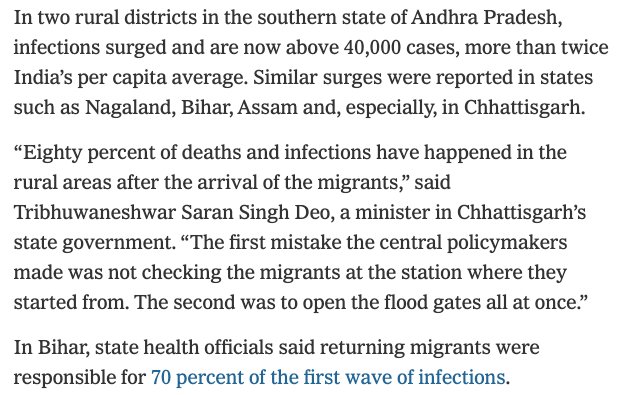
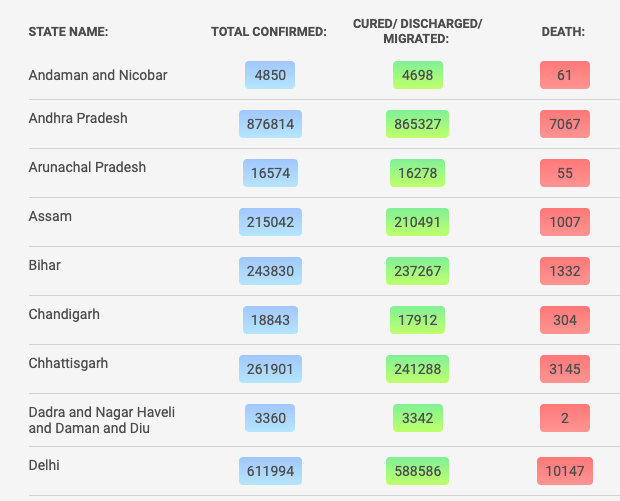
@gettleman, @suhasiniraj, @sameeryasir & @Karan_Singhs claim to collect reams of data but lie in their report. Here is the actual mortality of 246 as compared to @nytimes's fake claim of 320 in Ganjam. 



• • •
Missing some Tweet in this thread? You can try to
force a refresh





